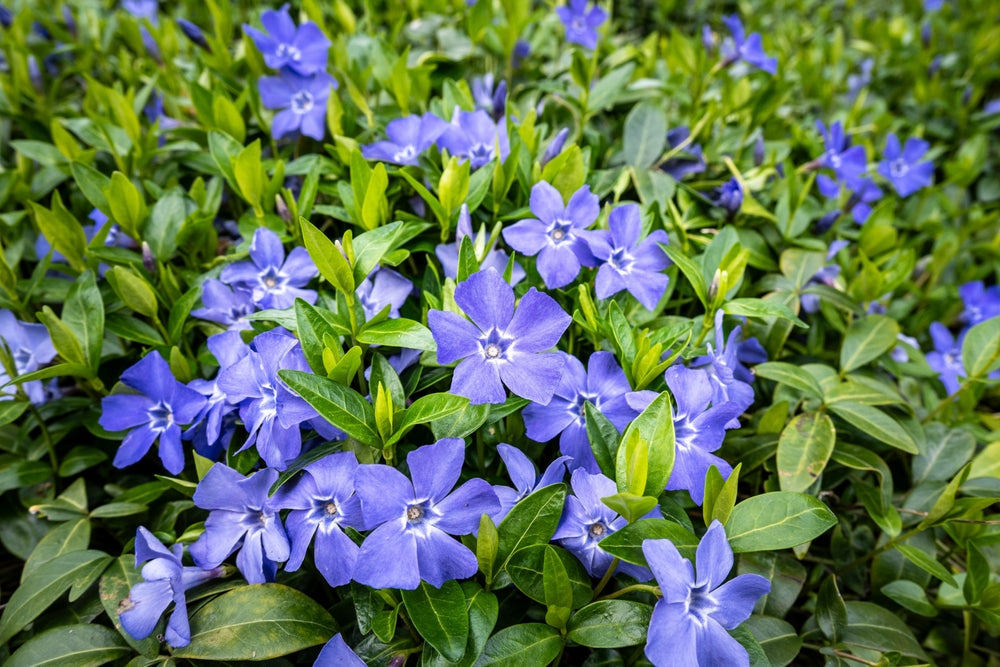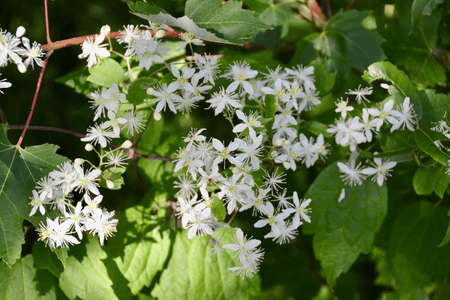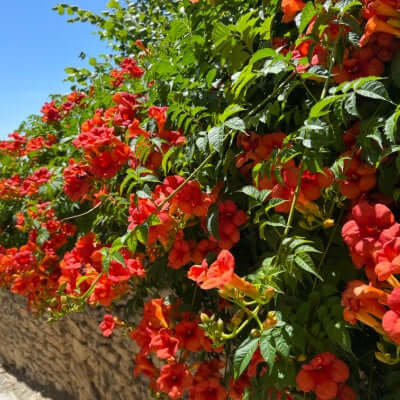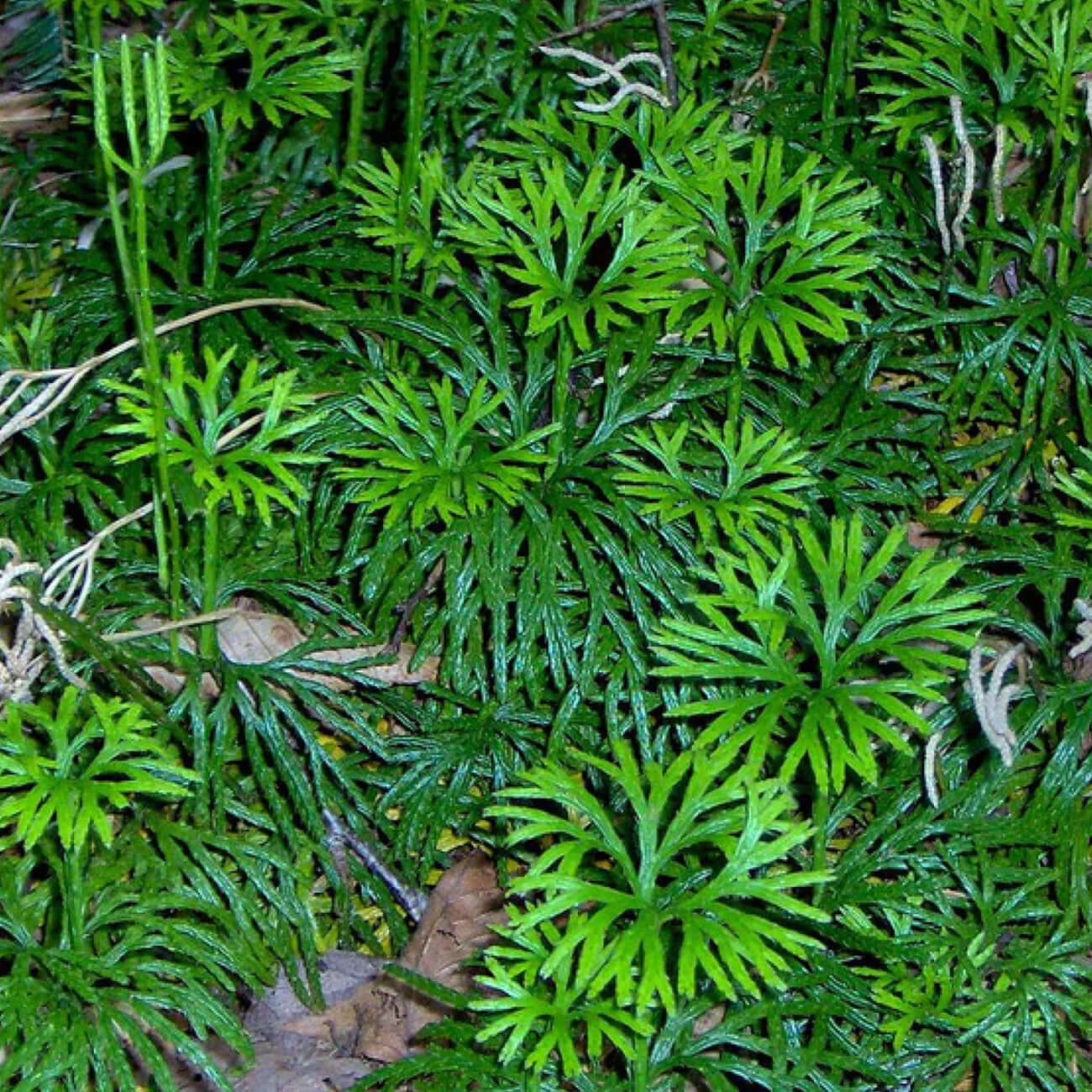Groundcover Vines for Sale
Groundcover vines are the answer to turning bare ground into a green, living carpet. These fast-spreading plants work hard in the landscape, filling in problem spots, weaving between rocks, and hugging the earth with graceful stems and foliage. TN Nursery offers native groundcover vines that are reliable, attractive, and suited for various growing conditions.
The Benefits of Native Groundcover Vines
Stops Soil Erosion
Prevents Weeds From Underneath Shrubs
Carpet Like Beauty
Offers Curb Appeal In Places Your Can Not Maintain
Groundcover vines help control erosion, suppress weeds, and lock in soil moisture—all while adding beauty to your yard. They're perfect for sloped areas, pathways, or shady spaces where grass struggles to grow. Many of our selections thrive with little fuss and return year after year, making them a smart, low-maintenance option for gardeners of all skill levels.
Whether you need something that grows in full sun, deep shade, or somewhere in between, our native vines offer a solution. Some varieties bloom with soft seasonal color, while others provide year-round texture and cover. And because they’re rooted in native ecosystems, these vines often require less water and fewer chemicals to thrive.
Low Maintenance and Big Impact
Once established, these vines need minimal attention. They spread steadily, covering ground naturally and reducing the need for mulch or herbicides. Some varieties are evergreen, while others bring bursts of seasonal color or flowers that attract pollinators. Either way, they offer long-term value and instant charm in garden beds, borders, or wild spaces.
Shop Groundcover Vines at TN Nursery
We ship our bare-root groundcover vines fresh and ready to plant. Each one is selected with care to help your garden succeed. If you're ready to cover ground quickly and beautifully, explore our full collection of easy-to-grow vines today. Your landscape will thank you for it.



